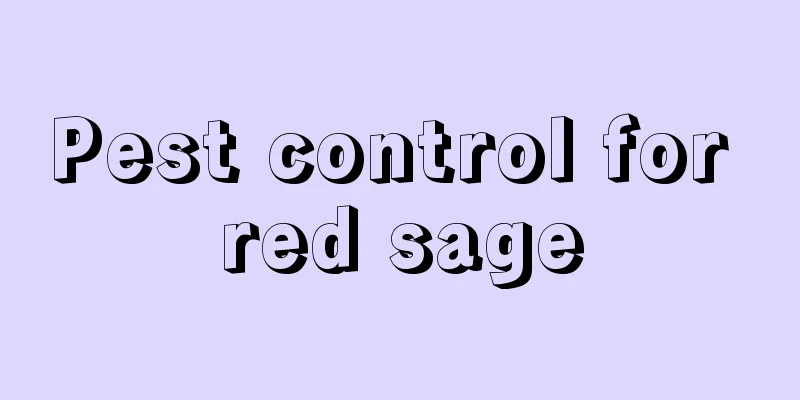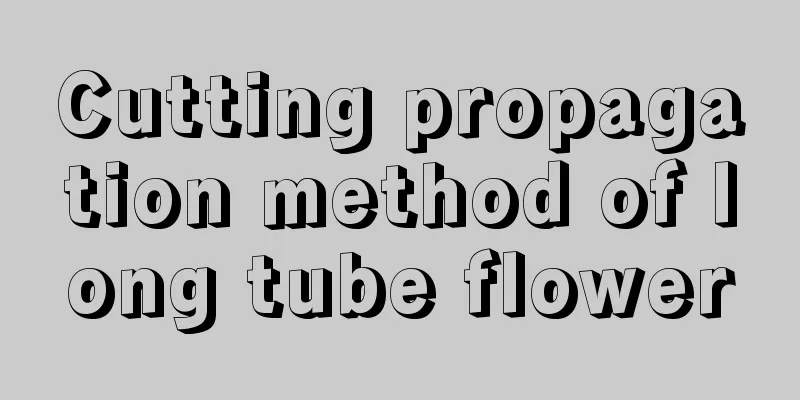Rice direct seeding planting technology and management

|
Direct seeding of rice is an efficient planting method suitable for multiple regions and seed varieties. However, late-maturing varieties may not be suitable for direct seeding due to their longer growth cycle. Let’s learn about the direct seeding technology and management of rice. 1. Planting preparation Apply sufficient base fertilizer in the field and control the sowing amount per mu to 25 to 30 kilograms. Whether sowing in rows or broadcasting, ensure that the seeds are evenly distributed. After sowing, shallow harrow, make trenches, and irrigate to keep the soil moist for 2 to 3 days. When the moisture has dried up naturally and there is no water on the bed surface, use herbicides to seal the soil in time to reduce the growth of weeds. 2. Seedling management When the seedlings grow to the two-leaf and one-heart stage, weeds such as barnyard grass and crabgrass may appear in the field. Choose a sunny day after 4 p.m. or windless weather to weed and ensure that the herbicide is applied evenly. Rewater within 2 days after application and maintain moisture for 3 to 5 days to promote weed death. Subsequently, apply greening fertilizer to promote the growth of seedlings. 3. Seedling supplementation measures If the seedling conditions after direct seeding are not ideal, or the seedlings die due to weeding, they can be transplanted from other densely populated seedling areas to fill the gaps and ensure that the seedlings in the field are even and grow uniformly. 4. Herbicide treatment For weeds that cannot be removed in one go, timely remediation should be carried out to ensure the weed control effect and create favorable conditions for rice growth. 5. Dealing with dead seedlings and fertilizer and pesticide damage Weeding and fertilizing during the hot season may cause rice seedlings to become stunted, red, yellow or have black roots. At this time, measures should be taken immediately, such as spraying "Bihu" and trace element foliar fertilizer to regulate crop growth, or spreading special rice fertilizer and zinc-silicon fertilizer to help rice resume growth. 6. Normal management During the normal growth period of rice, inspect the fields regularly to observe whether there are any diseases or pests. The focus is on preventing and controlling diseases such as rice blast, sheath blight, rice false smut, as well as pests such as stem borers, leaf rollers, striped stem borers, yellow stem borers, and rice planthoppers. Especially during the breakthrough and filling stages, prevention and control should be strengthened to reduce the impact of diseases and insect pests on yield. At the same time, be careful not to cut off water too early to avoid causing bacterial wilt and affecting yield. 7. Rational use of drugs There are many options for rice pesticides, and the specific drug to use should be decided based on local actual conditions and the recommendations of agricultural supply stores. Farmers should actively participate in learning agricultural knowledge and apply it rationally to achieve increased production and income. The above are the key points of direct seeding rice planting technology and management. Through these meticulous management measures, I hope everyone can ensure the success and high yield of direct seeding rice planting.
|
<<: How to grow and water succulent plants
>>: How to grow pineapple heads hydroponically
Recommend
Did you know that Huayuejin can protect against radiation?
The ornamental effect of Huayuejin: beautiful bey...
How often should green beans be watered?
The root system of green beans is very developed,...
Breeding methods and precautions of Qingniao Shou
1. Lighting Bluebird longevity likes sunlight and...
When is the best time to prune the Chinese giant tree?
Pruning effect of Clerodendrum truncatum The Cler...
How to treat the blackened tips of green onions (causes and prevention methods of blackened tips of green onions)
The premise of quickly curing the dry tips of oni...
Cultivation methods and precautions of copper coin grass
1. Breeding method The propagation of pennywort i...
Is it easy to grow a potted banyan tree? How to grow a bonsai banyan tree well at home?
Banyan trees are highly adaptable and have strong...
Cultivation methods and precautions of succulent sunset
The succulent sunset glow is not very difficult t...
What to do if the leaves of Guanyin Lotus droop
1. Caused by excessive humidity The so-called exc...
The growth environment and local conditions of fungus
Fungus Growth Environment and Conditions Fungus g...
How to divide air plants
Time to divide air plants Air plants have short s...
When is the best time to transplant peach trees?
The fruit of the peach tree is peaches, which com...
What to do if the Chlorophytum comosum plant dries up
1. Reasons Strong light and high temperature Chlo...
The reason why the roots of Spathiphyllum leaves turn black
1. Too much watering Although Spathiphyllum likes...
How to grow camellia
1. Soil When breeding, use fertile, well-ventilat...









